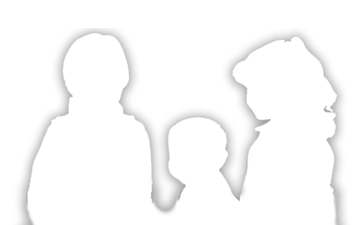Why Teachers Quit – 2 Perspectives (Finland & Harvard)
When I interviewed teachers for my INVISIBLE CHILDREN book, an art teacher cried as she told me how she had entered teaching because she wanted to make a difference by bringing her love of art and teaching together. No Child Left Behind turned her into a warden with little time for sharing art or her passion for teaching with students that wanted to learn. In her perspective, the school scoring mandate meant that troubled students ended up in her room, because there was no worry about the performance in the “art” class. Fifty students, not thirty. Troubled students with violent outbursts, not seekers of art and beauty. She spent most of her time keeping students safe, not teaching the concepts of color and contour.
She was a dedicated, kind, and generous educator that recognized that the politics driving her chosen vocation were ruining her dream and her life. She told me why she gave up.
She was crying when she told me her story on the curb at a Mayday parade in Minneapolis. I will always remember her.
Her story is repeated in the data and the writings I recommend below.




